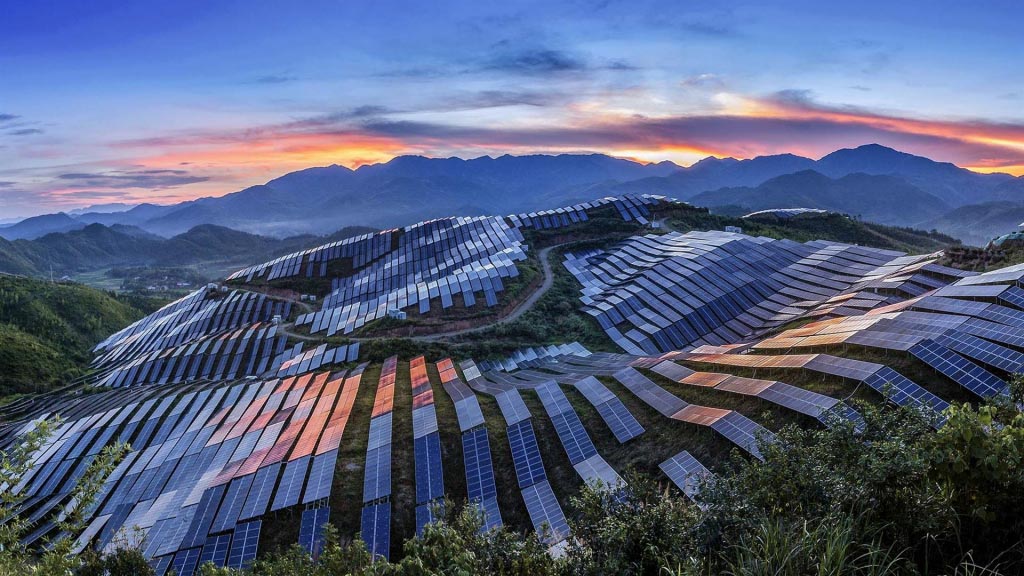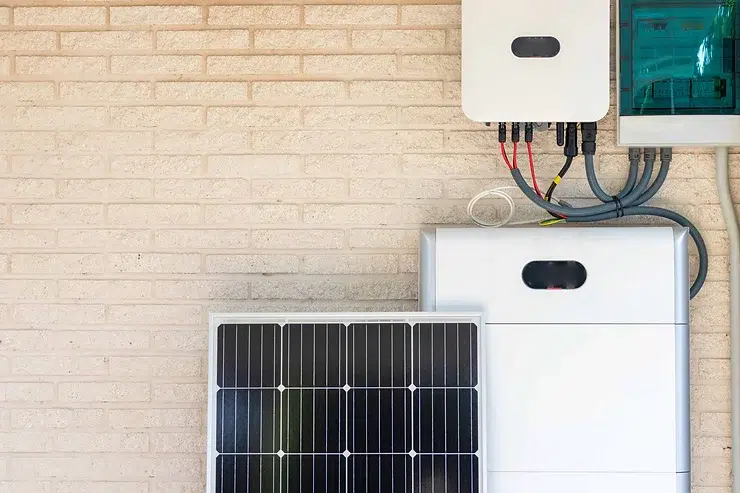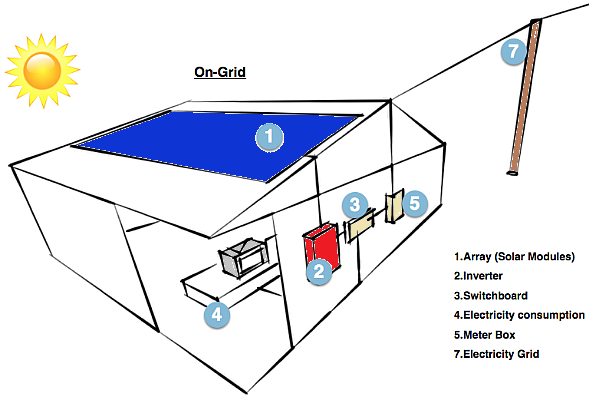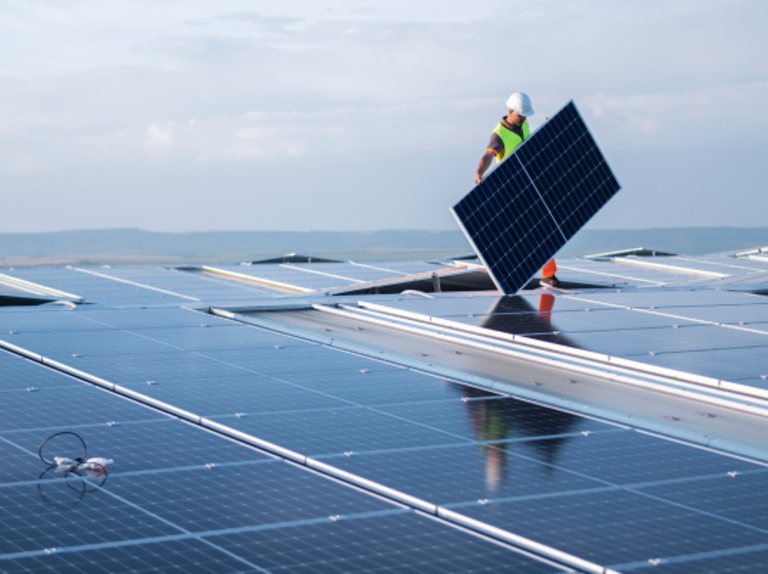
Tegenwoordig, as businesses and communities around the world make progress in sustainable energy practices, solar panel systems have become one of the fastest-growing energy sources in the world.
The storage of energy has become important. Commercial energy storage systems can more effectively and reliably utilize renewable energy, after all, residential users can only utilize and store the size of their household electricity consumption.
In dit artikel, we will answer some common questions about commercial battery storage systems, which will help you understand and choose commercial energy storage systems.
Understanding the important role of commercial battery storage systems in the transition to sustainable energy provides a new perspective and operational space for today’s energy storage solutions from a market perspective.
This article is very suitable for business owners, industry professionals, or anyone interested in the future of industrial and commercial solar energy storage systems.
What are Industrial and Commercial Solar Energy Storage Systems?
Solar energy storage systems are a clean technology aimed at storing electrical energy for use.
It adopts advanced battery technology, installed in enterprise premises and applied in industry and commerce.
As a pillar of enterprise energy facilities, it can store renewable energy from the grid during off peak hours or from equipment such as solar panels when the load pressure is low. Dan, power dispatch is carried out when the load pressure is high.
Niet alleen dat, it can also be used as a backup power source during power outages, and even feedback to the grid in some cases.
And by setting up exclusive enterprise programs, the system can be designed based on various factors such as energy prices, peak demand times, and specific energy needs of the enterprise to optimize energy use.
Commercial solar energy storage systems are designed for businesses to control their energy usage, improve efficiency, and support sustainable development efforts.
This energy storage system has many advantages in flexible adjustment of electric energy and energy storage, which can enable enterprises to operate efficiently and sustainably while reducing energy consumption costs.
Solar energy storage methods are mainly divided into two categories: centralized and distributed.
Centralized energy storage refers to the deployment of multiple energy storage devices in a centralized energy storage facility, which are connected through a system to form a large-scale solar energy storage system gathering place.
Distributed energy storage, also known as user side energy storage, emphasizes the usage scenarios of energy storage.
It is a small-scale energy technology applied to user or resource intensive areas, aimed at dispersing energy storage equipment in various locations to improve the stability and reliability of the power grid.
In addition to user side energy storage, there is also a well-known grid side energy storage.
The owners of industrial and commercial enterprises and residential users are the core group of energy storage users. The main purpose of this group using energy storage is to provide emergency backup plans, manage electricity prices, and control capacity costs. Industrial and commercial energy storage are typical manifestations of energy storage systems at the user end.
In tegenstelling tot, power side energy storage systems focus on renewable energy consumption, output stability, and load regulation.The energy storage on the grid side is mainly concentrated in peak shaving, alleviating line congestion, en andere aspecten.
How Does A Commercial Battery Storage System Work?
The working principle of commercial battery storage systems is to absorb renewable energy, convert and store it into electrical energy, and then provide that energy when needed.
The components of energy storage systems typically consist of batteries, omvormers voor energieopslag (Pc's), batterijbeheersystemen (GBS), energy management systems (EMS), as well as some circuit protection systems, Monitoringsystemen, fire safety facilities, enz.

Two Main Architectures for Industrial and Commercial Energy Storage Systems
AC coupling system with PCS
The configuration of the communication coupling system is similar to that of energy storage devices, but with fewer quantities and simpler system functions.
The parallel connection of photovoltaic systems and energy storage systems provides highly flexible and adaptable products for the existing industrial and commercial photovoltaic energy storage system markets.
DC coupling system
The DC coupling system integrates the photovoltaic inverter and bidirectional converter into the photovoltaic energy storage integrated machine.
Compared with AC coupling systems, DC coupling systems have the advantages of high integration and low soft cost.
The integrated photovoltaic energy storage system with a capacity of 50-100kW has gradually become the top choice for small and medium-sized industrial and commercial energy storage systems.
This process involves several processes:
Conversion:
The first step is to obtain energy that is converted into electricity (such as from renewable energy systems such as solar panels) and store it in the system’s batteries.
Energy is stored in the form of chemical energy within the battery and converted back into electrical energy when needed.
Opslag:
Na het opladen, energy will be stored until needed. These systems use technologies that can preserve energy for a long time and can be used at any time, making them very flexible and convenient.
Afvoer:
When energy is needed (such as during peak electricity usage, power outages, or extreme weather conditions), the system will discharge the electrical energy and deliver it to the load.
Verordening:
Most industrial and commercial energy storage systems also have management components that can design patterns based on energy prices and usage time.
Taking into account the energy needs of enterprises and various factors to determine the timing and duration of charging and discharging.
What Are the Benefits of Using Industrial and Commercial Solar Energy Storage Systems?
Solar energy and energy storage have created business opportunities for each other. Solar energy is an excellent new energy source, and it will also have more connections with hydrogen energy with the support of future technological development.
Energy storage can smooth electricity prices, manage and regulate electricity consumption, reduce environmental risks, and provide backup support capabilities.
Energy Cost Savings
This is the biggest reason and attraction for enterprises to choose industrial and commercial energy storage.
Deze aanpak, also known as load shifting or peak shaving, can significantly reduce a company’s energy costs by charging during off peak hours and discharging during peak hours.
Support for renewable energy
They can store energy produced by solar or wind power for use during periods of insufficient production or peak electricity consumption.
By optimizing energy use and effectively utilizing renewable energy, commercial battery storage systems can help businesses reduce their carbon footprint and contribute to sustainable development goals.
Flexibility and reliability
Commercial battery storage systems can provide backup power when power cannot be obtained from the grid, ensuring equipment operation.
This is crucial for enterprises that rely on continuous power supply, such as cold chain facilities and hospitals.
Power grid services
In grid connected or mixed grid systems, enterprises with commercial and industrial battery energy storage systems can respond to energy plans or provide other power grid services, which can provide additional returns and faster return on investment costs.
Understanding Differences: Types of Solar Energy Storage Systems
Industrial and commercial energy storage systems are designed specifically for enterprises, industries, and commercial facilities.
The capacity of these systems is lower than that of grid scale energy storage systems, but higher than that of residential systems.
GYCX‘s industrial and commercial energy storage solution will provide professional customized functions, such as demand charging and discharging management and regulation conditions, load transfer, and backup power switching functions.
We believe in optimizing energy use, reducing required costs, and enhancing energy reliability in industrial and commercial environments, and are committed to providing customers with satisfactory service solutions.
And they require specific licenses and certifications for industrial and commercial installations, which may not be suitable or approved for use in residential areas due to local policy regulatory requirements. Echter, our one-stop service will plan everything for you. Contact us GYCX nu, and any issues will be easily resolved.
You can choose the system settings that are suitable for you based on the above analysis.
Grid Connected System

Grid connected or grid connected solar systems are currently the most common and widely used systems in the market by households and businesses.
It does not require batteries, uses a solar inverter, and is connected to the public power grid.
Any excess solar energy you generate will be output to the grid, usually receiving a grid in tariff subsidy (FiT) or a credit for exported energy.
For safety reasons, the grid connected solar system cannot operate or generate electricity during power outages. This is because power outages are usually caused by damage to the power grid.
If solar inverters output energy to the problematic power grid, it can pose a safety hazard to the repair workers.
A hybrid solar system with battery energy storage (also known as a “hybrid grid”) can automatically isolate from the power grid (generally referred to as an island) and provide electricity to the load based on its own energy storage during power outages.
Advantages of grid connection
If you want to offset some of the electricity bills and save some money, grid connected solar energy is the best choice.
Most grid connected systems will recover costs within 5-10 jaren.
Due to the warranty period of solar panels being mostly 10-25 jaren, grid connected systems are an excellent choice to bring profits to users throughout the entire lifespan of solar panels.
The grid connected system will be smaller – you don’t need to regularly match 100% of the electricity consumed by production equipment.
Grid connected power can provide additional electricity beyond the production range. Its requirements are lower than those of an off grid environment, as in an off grid environment, you are fully responsible for 100% of your energy needs.
Disadvantages of grid connected
The main drawback of grid connected systems is their susceptibility to power outages.
The grid connected system is connected to the public power grid. In geval van een stroomstoring, personnel need to troubleshoot and resolve the issue.
But if the connected solar system is still powered on and supplying power to the grid, there is a safety hazard when they repair it. So the grid connected solar system will be shut down during power outages, so that utility workers can work safely.
Off-grid-systeem

Off grid solar systems are not connected to the public grid, therefore battery storage is required. It needs to generate sufficient electricity throughout the year, as well as suitable battery capacity to meet energy storage needs, taking into account both the environment and weather, such as in winter when the
lighting time becomes shorter. The cost of requiring battery equipment and off grid inverters means that off grid systems are much more expensive, so the market demand is usually in remote areas far from the public grid.
The good news is that battery costs are rapidly decreasing, so the market for off grid solar cell systems is also expanding.
Advantages of off grid solar systems
Its main highlight is complete disconnection from the power grid, as long as there is sunlight, it can be self-sufficient.
In sommige gevallen, the land cost required for equipment occupation can be offset and exchanged with the higher cost of solar off grid due to its low cost.
Disadvantages of Off grid Solar Systems
The demand for battery packs in off grid energy storage systems leads to higher costs. But it still has advantages over other remote power solutions, such as running new government circuits or relying on diesel generators.
Hybride systeem

It combines solar energy and battery storage into one, with multiple different configurations. The system that is already connected to the grid (grid connected) can also start using battery energy storage.
This means that the generated solar energy can also be stored during the day and used at night.
Op dit moment, the public power grid will serve as backup power.
The hybrid system can also charge batteries during off peak power hours.
Why do We Need to Deploy Industrial and Commercial Energy Storage Systems
Zoals eerder vermeld, the key to the entire system is “solar energy+energy storage”.
In terms of energy storage, industrial and commercial energy storage can meet the power needs of enterprises.
By adjusting and optimizing peak and valley electricity prices and electricity costs.
Providing backup power in emergency situations and strengthening the integration of clean energy are crucial.
The combination of photovoltaics with industrial and commercial energy storage, especially with solar photovoltaic power generation, can greatly improve the utilization efficiency of renewable energy.
For commercial and large-scale industrial users, installing solar photovoltaic systems with energy storage components can achieve a self consumption cycle with complete internal supply.
In the event of power interruption or emergency situations, such as severe weather or special events, it is possible to quickly switch to a backup power source, providing power supply capacity for equipment and systems, with almost seamless technical support.
From the perspective of renewable energy, “solar energy” is not only environmentally friendly, but also a responsibility to the Earth.
In this 5G era, the concepts of “world” and “country” cannot compare to the concept of “global village”.
In the era of economic globalization, it is not only about environmental protection, but also about development, En nog belangrijker, about resource allocation.

Conclusie
Tegenwoordig, it is no longer the era when developed countries were free to open factories with environmental pollution or even harmful properties in developing and underdeveloped countries decades ago.
These countries, enerzijds, open factories like this and vigorously promote themselves as providing employment opportunities for the local area, while on the other hand, they also use this phenomenon to talk about environmental protection issues in underdeveloped countries, which has its own great shortcomings.
The best way is to utilize these emerging technologies and gradually correct one’s own problems.
To use solar energy storage technology to convert energy and provide stable electricity support for oneself, rather than building factories in other countries, using non renewable resources, and producing some harmful substances.
This is the responsibility and concept that industrial and commercial owners need, and it is also the fundamental driving force for deploying industrial and commercial solar energy storage systems.
